Boron Carbide for Ceramic Applications
- Boron carbide for ceramics is applied widely in industries as wearing resistant materials, abrasives. As an abrasive, it is used in powdered form in the lapping (fine abrading) of metal and ceramic products, though its low oxidation temperature of 400–500° C (750–930° F) makes it unable to withstand the heat of grinding hardened tool steels.
- Its hardness, together with its very low density, has found application as a reinforcing agent for aluminum in military armor and high-performance bicycles. Its wear resistance has caused it to be employed in sandblasting nozzles and pump seals.
- Its ability to absorb neutrons without forming long-lived radionuclides makes it attractive as an absorbent for neutron radiation arising in nuclear power plants and from anti-personnel neutron bombs. Nuclear applications of boron carbide include shielding, control rod, and shut down pellets. Within control rods, boron carbide is often powdered to increase its surface area.
Boron Carbide Powder Properties (Theoretical)
boron carbide chemical composition(%) | ||
B % | 78-81 | |
C% | 17-22 | |
Fe2O3% | 0.2-0.4 | |
B4C% | 97-99 | |
boron carbide physical properties | ||
Color | Black | |
Molecular Formula | B4C | |
Density & phase | 2.52g/cm3 Solid | |
Solubility In Water | Insoluble | |
Melting Point | 2450°C | |
Boiling point | 3500°C | |
Crystal Structure | Rhombohedral | |
Mohs Hardness | 9.6 | |
Micro Hardness | 4950kgf/mm2 | |
| Exact Mass | 56.037222 | |
| Monoisotopic Mass | 56.037222 | |

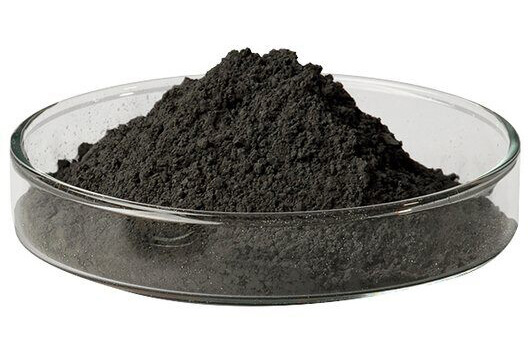
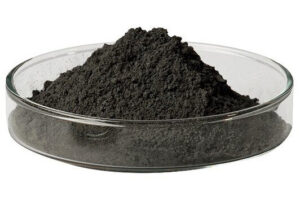

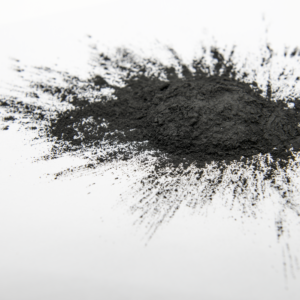
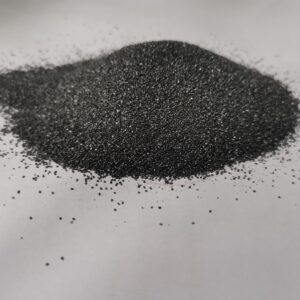
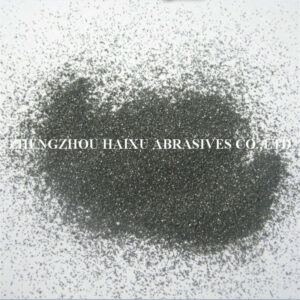
Charles (verified owner) –
Good service.